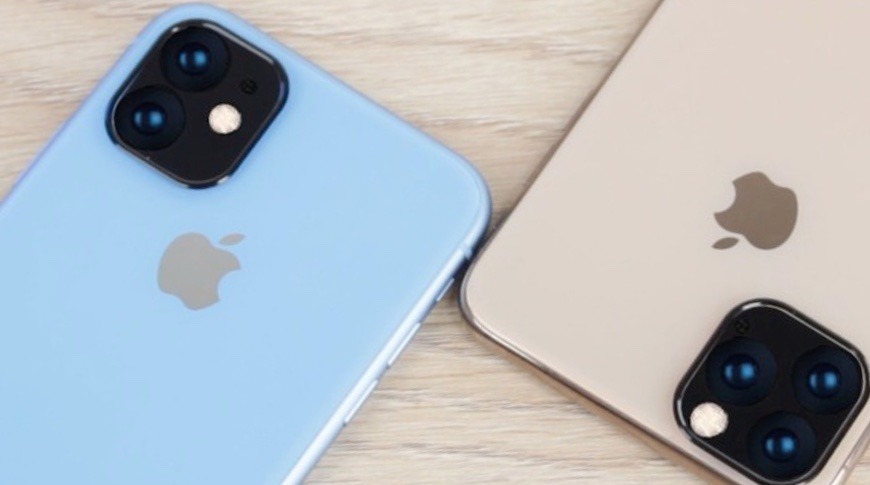Motion coprocessor replacement in 2019 iPhones may power Apple Tags
Last updated
Apple is making major improvements to the coprocessor in the 2019 iPhones, a report claims, with the codenamed 'Rose' and 'R1' part included in the A13 chip with a wider array of sensors than found in previous M-series coprocessor iterations.
Update: This article was published in June 2019. Please see our "AirTags" page for the most up to date details on this product.
The A-series chips used in the iPhone have included a M-series coprocessor for some time. Also known as a Motion coprocessor, the component is used to collect sensor data and process them on behalf of the main processor, freeing up resources for other tasks and reduces battery usage.
Typically the motion coprocessor takes data from the accelerometer, barometer, gyroscope, microphone, and compass, among other elements, enabling it to determine its physical location and movement in 3D space, as well as collecting data for step counts and other items. The new "Rose" coprocessor considerably expands the list of sensors it can acquire data from.
According to a report on Tuesday by MacRumors, there is support for an inertial measurement unit, Bluetooth 5.1 features, Ultra Wide Band support, and both motion capture and optical tracking data from cameras. The data is able to enhance its positioning data, but the addition of Angle of Arrival and Angle of Departure from Bluetooth 5.1 enables Bluetooth direction-finding, which can be used to help find the position of lost Apple Tags.
Revealed at the end of August, the Apple Tags are a Tile-like tracking device that allows users to find them via an app and, in turn, the thing it is affixed to, such as keys. Running within the Find My app, users would be able to generate an AR-style view showing where the tag is detected to be in relation to their own position, potentially aiding in its discovery.
A Ming-Chi Kuo research note on Friday also mused on the use of Ultra Wide Band, but less from a consumer viewpoint. Kuo suggested UWB could be used to enhance indoor navigation alongside iBeacon technology, making it easier for iPhone users to navigate a campus or large building, such as a stadium.
Since "Rose" has a considerable amount of overlap over what the M-series coprocessors collect, it is likely it will replace the Motion coprocessor entirely.
AppleInsider will be at Apple's Steve Jobs Theater for Tuesday's "By Innovation Only" event. Follow along with us here, on Twitter, on YouTube, and on Instagram to get all the details of the new iPhone and more!
 Malcolm Owen
Malcolm Owen














 Amber Neely
Amber Neely
 Thomas Sibilly
Thomas Sibilly
 AppleInsider Staff
AppleInsider Staff
 William Gallagher
William Gallagher

 Christine McKee
Christine McKee










13 Comments
Apple Tag does not require new hardware in the iPhone. Apple have already explain how the Bluetooth tracking works at WWDC and at a security conference.
I think it is much more likely that this new processor is to enhance AR by supporting more sensor inputs. These extra sensor inputs might include the rumored third camera lens, headset hardware is also likely to have an accelerometer and gyroscope and there might be other hardware for interaction in the AR world such as a sensor laden glove.
I wonder if any of this will come with a SDK so apps can find the direction of any Bluetooth device?
Tag technology will evolve over time. Old iPhones, using Bluetooth only for communications can instruct a tag to make noise. At least one rumor I've read says they will have that ability, and that's how third party tags (such as Tile) already work. The next step is to remove human ears from the equation and allow the phone to locate tags in 3D space via RF and overlay estimated location on the phone's camera view of the search space. The rumored "time of flight" and "approach and departure angle" abilities of UWB in 2019 iPhones will make this possible. It's a difficult problem to solve, but Apple has the resources and the patience to take a swing at it.